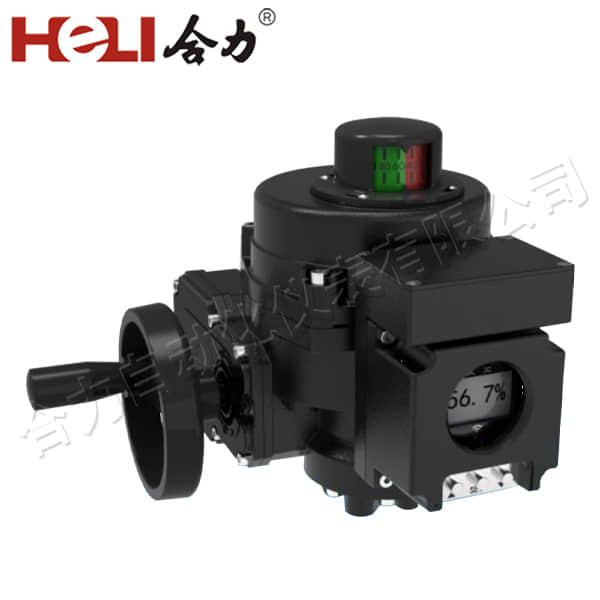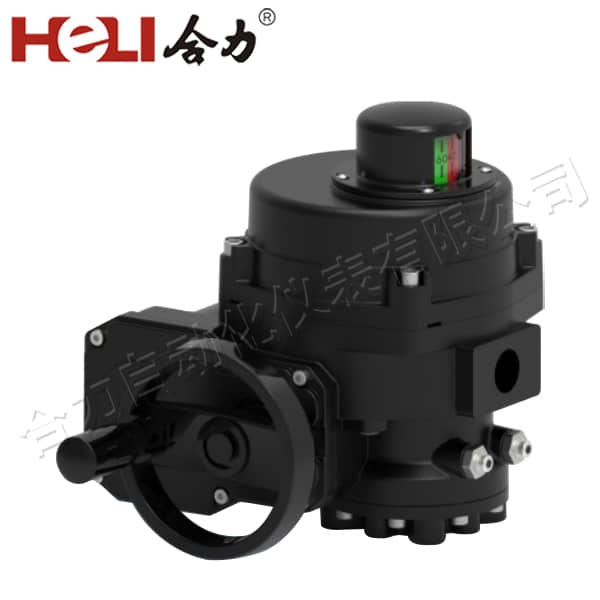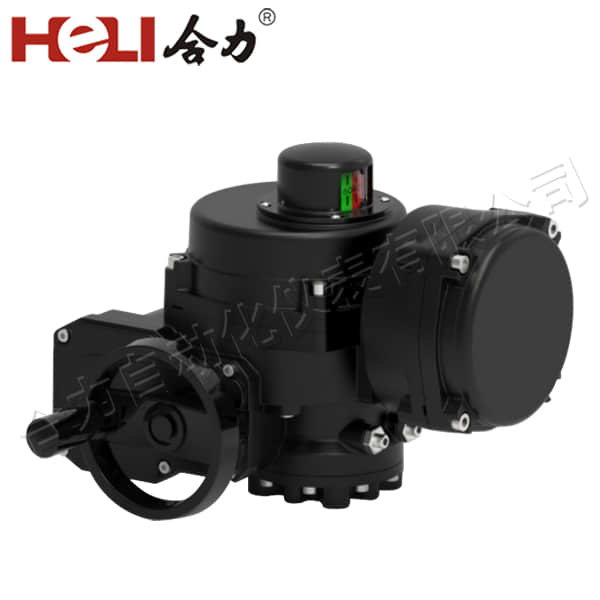understanding electric actuators: the backbone of modern automation
Release time:2024-12-07 09:57:38
Electric actuators have become an integral part of various industrial and commercial applications, providing precise control and automation in systems ranging from manufacturing to aerospace. As industries continue to evolve towards automation and increased efficiency, electric actuators stand out as reliable solutions that combine performance, versatility, and environmental sustainability.

What is an Electric Actuator?

An electric actuator is a device that converts electrical energy into mechanical energy to produce motion. This motion can be linear (moving in a straight line) or rotary (turning around an axis). Electric actuators are widely used to control valves, dampers, and other devices, making them crucial in processes that require precise positioning and control. Unlike pneumatic or hydraulic actuators, which rely on compressed air or fluid pressure, electric actuators are powered directly by electricity, which can lead to improved efficiency and reduced operational costs.



